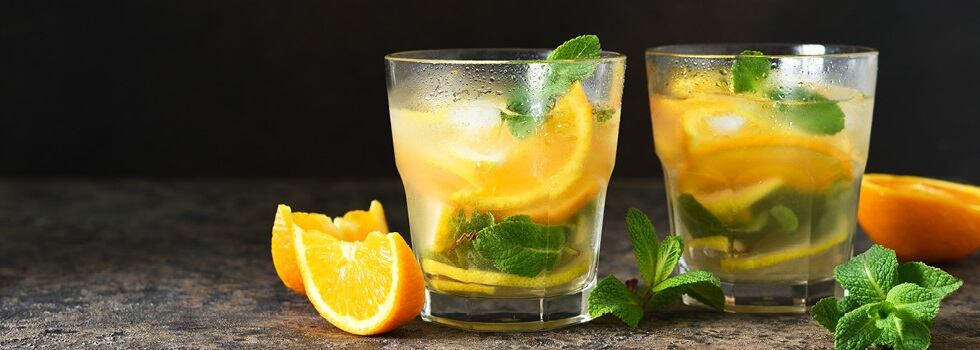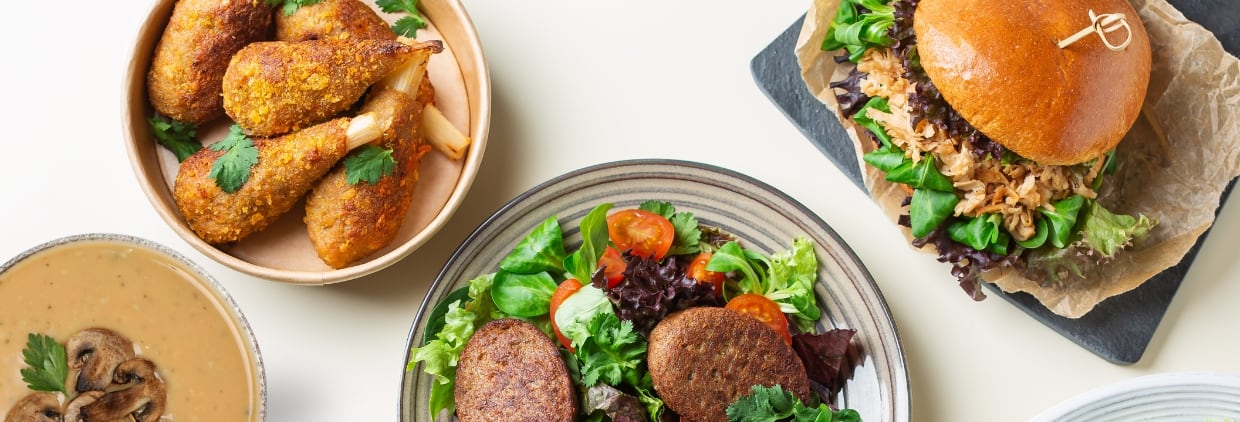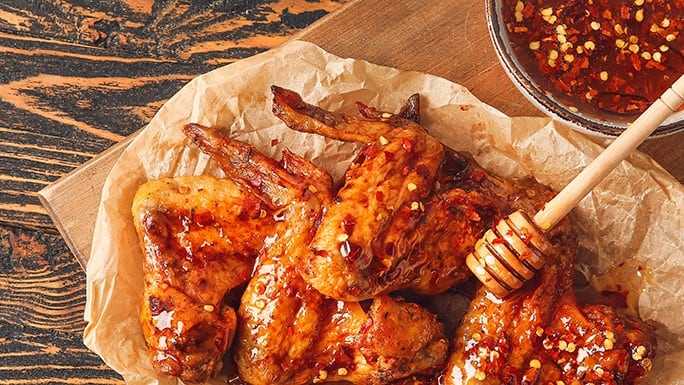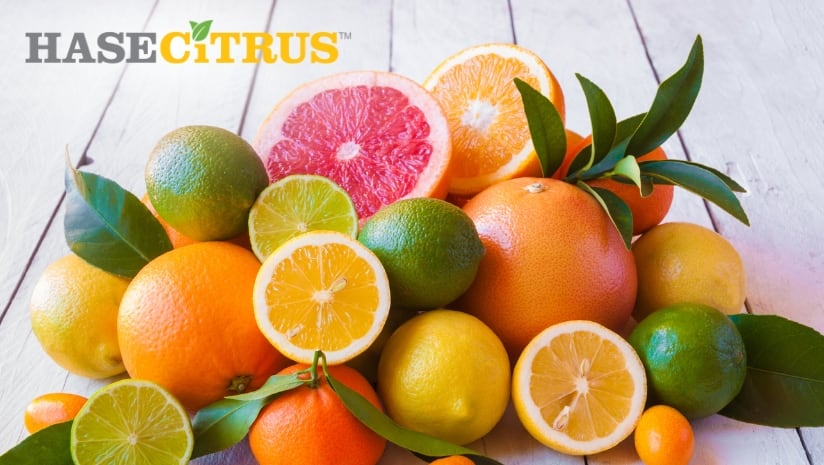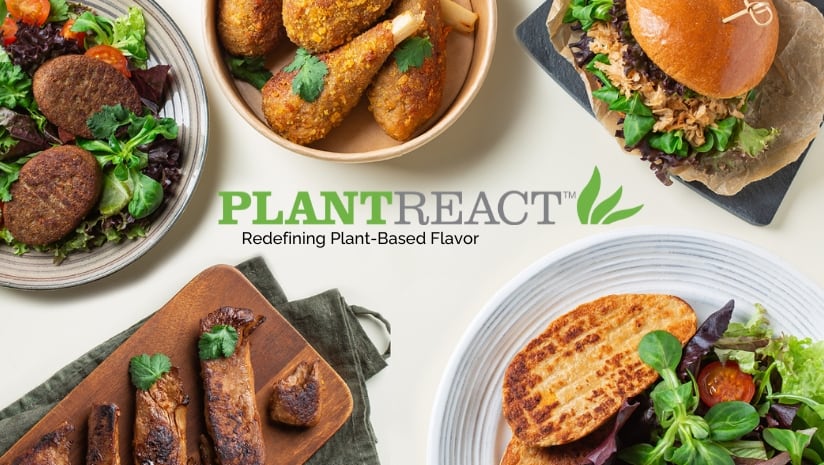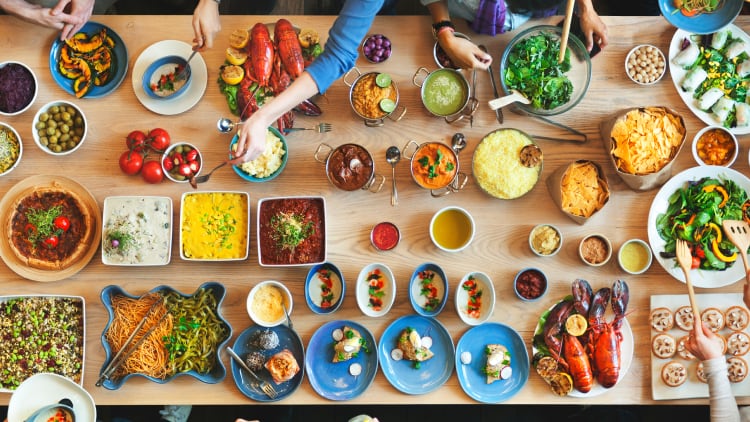Across the United States, consumers drastically increased alcoholic beverage consumption during the COVID-19 pandemic. In response to this boost in drinking over the last two years, younger consumers are increasingly seeking alternative refreshments without alcohol. According to a report by Kantar, an estimated 20% of Gen Z and Millennials have dabbled in “drysolation” over the past two years, leading to increased demand for low- and no-alcohol beverages. This surge in ‘sober-curious’ lifestyles drove innovation in a range of non-alcoholic categories, including carbonated soft drinks (CSD), sparkling waters, RTD mocktails and other beverages.
As the pandemic continued, consumers increasingly turned to healthier food and beverage options, seeking products that delivered a health halo – especially those with a functional health benefit such as immunity-boosting additives, fermented ingredients or added protein. The non-alcoholic beverage category catered well to this trend since functional flavors and gut-health ingredients like probiotics and prebiotics fit well into RTD products and non-alcoholic fizzy drinks.
Spirit-free sophistication: the growth of ‘mocktails’
Over 30% of Gen Z and Millennial participants in a 2021 Mintel survey expressed an interest in non-alcoholic beverages inspired by cocktails, compared to 26% of Gen-X and 17% of Baby Boomers. Traditional alcohol brands are already introducing low-and no-ABV products that deliver the refreshment and experience consumers want in a beverage. Non-alcoholic beverage brands – which have largely played a role as mixers in the alcoholic beverage category in the past – are capitalizing on the recent demand for low- and no-ABV beverages via ‘mocktails.’
Despite the trend away from alcoholic beverages in recent years, consumers still want the sophisticated experience that a well-crafted cocktail. delivers, which has led to the emergence of elaborate mocktails that blend favorite citrus and fruit flavors with adventurous botanical and floral notes and seasonal ingredients, spices and fresh herbs. While consumer interest in mocktails grew out of pandemic lockdown in home kitchens across the country, the trend has expanded to restaurant and bar menus as well. For example, Atera NYC now offers a ‘Temperance Pairing’ for its menu, including reimagined mocktail versions of traditional cocktails, such as the “Nogroni,” a variation of the classic negroni recipe, with a combination of juniper saffron water, raisin nectar, non-alcoholic bitters and quinine bark. At Fellow in Los Angeles, patrons can enjoy a variety of crafted mocktails, such as “Falooda,” which features an alcohol-free blend of watermelon, holy basil seed, rose and mint flavors. Since restaurants are typically the forerunner of new trends, the concept of craft mocktails is now expanding beyond foodservice and into RTD beverages at retail.
The flavor science behind non-alcoholic beverages
Demand for exciting, bold flavors that parallel the experience of an alcoholic beverage has led to a boom in new product development that relies heavily on complex science and innovative new technology.
T. Hasegawa USA, the California-based subsidiary of one of the world’s top 10 flavor manufacturers, is advancing the science of beverage flavors with technology aimed at elevating the taste experience of non-alcoholic mocktails, RTD teas, carbonated soft drinks (CSDs), enhanced still and sparkling waters, functional sports nutrition drinks and more.
“Our biggest challenge in producing non-alcoholic drinks is maintaining the realistic taste that consumers expect in these beverages,” explained Jeanene Martinez, T. Hasegawa’s director of applications. “The process to create these beverages with a low ABV tends to decrease many of the attributes you would expect in a standard alcoholic version of that drink. Our technology aims to recover the lost attributes of traditional alcohol beverages, such as bitterness and the burning sensation.”
These attributes are even more pronounced in fermented alcoholic beverages such as beer and wine. Creating non-alcoholic versions of these beverages requires the use of extensive flavor modulation technology like T. Hasegawa’s Boostract to recover the kokumi mouthfeel and full-bodied richness that is typically lost in the filtration and distillation processes necessary to produce non-alcoholic versions.
“The rich flavor and fermented bitterness of many IPAs and other craft beers is a key aspect of why these beverages are popular, and much of that is lost in producing a low- or no-ABV version,” said Briana Tran, beverage applications technologist at T. Hasegawa USA. “Technology like Boostract allows us to recover these attributes and deliver a true no-compromise solution for consumers who want to enjoy a non-alcoholic version of their favorite beer.”
Delivering excitement through creative flavor pairings and ingredients
The shift toward non-alcoholic beverages also led the industry to seek out unique ingredients and flavors that offer the enjoyment consumers are looking for, while simultaneously delivering on functionality, performance and other health benefits. Often this leads to unexpected flavor pairings that blend familiar favorites with adventurous floral, herbal and spice top notes.
“Over the last two years, we have seen a big push for innovative pairings that keep things exciting and interesting without adding excessive sugar or artificial sweeteners,” explained Martinez. “Flavors that would previously have only been found in the cocktail category are becoming mainstream in RTD beverage production, such as adding a spice note or a cooling mint herbal flavor to a familiar favorite citrus or other fruit flavor.”
One such fruit flavor that has continually appeared in product development and foodservice menus over the last year is the classic watermelon. With its strong summertime association and deep nostalgia for consumers, watermelon has become the fruit for drink innovation over the past few years. According to Mintel research, watermelon as a beverage flavor has grown 43% in menu mentions over the last three years and 18% in retail beverage launches during that period. Over 44% of consumers surveyed by Mintel expressed interest in watermelon flavors for spring/summer beverages. The bold flavor, bright color and nostalgic connotations of watermelon provide a clear opportunity for beverage companies to tap into a truly beloved fruit for new product development, even ahead of other rising favorites such as passion fruit, mango, blood orange and other citrus flavors. While these fruit flavors have a long history in cocktails, they are increasingly prominent in retail beverages, including RTD tea, juice products and especially enhanced still and sparkling waters.
Capitalizing on health trends with flavored water
If the shift toward non-alcoholic beverages is driven by consumer interest in healthier lifestyles, no beverage better represents health than water. However, simple water is becoming increasingly sophisticated, offering a range of better-for-you (BFY) health benefits, including functional ingredients beyond hydration, like adaptogens, antioxidants, immunization boost, stress reducers and more. This trend is even more pronounced among younger consumers, with over 32% of Gen Z participants in a recent Mintel survey citing interest in waters that reduce stress, indicating that enhanced adaptogenic waters could even be positioned as a BFY alternative to alcoholic beverages. Gen Z consumers also indicated interest in functional waters that supported a strong immune system or reduced stress – both timely opportunities after two years of a global pandemic. But the biggest challenge with these products is maintaining an enjoyable taste. As a premium offering, enhanced waters need to offer excitement and taste great, while balancing the flavor impact of added functional ingredients.
“The growth of functional and enhanced waters over the last few years is partly due to the science of flavor innovation, to make these beverages not only palatable, but appealing to consumers,” added Martinez. “Adding functional ingredients like vitamins, minerals, adaptogens or herbs can negatively impact the taste of these beverages. Our approach is to leverage technology to intensify desired flavors and mask unwanted notes – producing a clean-label, all-natural product that tastes great.”
According to Doug Resh, director of commercial marketing at T. Hasegawa USA, innovation is critical in rapidly growing, competitive beverage markets like enhanced still or sparkling water:
“The variety and quality of flavors is fundamental to the success of products in the enhanced still or sparkling water category,” he explained. “As U.S. consumers continue both the trend away from sweetened beverage products and the trend toward functional ingredients, they will seek out products that deliver refreshment and exciting flavors, in addition to health benefits.”
Sales of flavored still and sparkling waters skyrocketed during the pandemic. According to sales of flavored sparkling waters increased by more than 25% in 2020, with a lift of nearly 18% in sales of flavored or enhanced convenience still water in 2021. Total retail sales of packaged still and sparkling water category soared to an estimated $23.7 billion in 2021, representing an increase of 40% since 2016, making packaged water one of the strongest performing markets in the beverage industry. A combination of increased consumer interest in health and wellness and boost in flavor innovation and product development have elevated flavored still and sparkling waters as a mainstream alternative to sugary carbonated soft drinks (CSDs) and other unhealthy beverages.
Non-alcoholic beverages in a post-pandemic world
Despite the drastic increase in drinking over the last two years, consumers are increasingly shifting away from alcoholic beverages as we move into the post-pandemic future. Healthier lifestyles are becoming an important focal point as pandemic-induced stress begins to wane, and by all indications, younger consumers are more health-conscious than any generation before them. While alcoholic beverages will always be a key area of innovation for both foodservice and retail operators, the ever-growing non-alcoholic category is normalizing low- and no-ABV drinks as a mainstream alternative for social gatherings and everyday enjoyment. As the science of flavor development evolves and new technologies emerge that help provide great-tasting alternatives to traditional alcoholic beverages, the category will continue to grow in the future.
Food and beverage brands who are looking to take their non-alcoholic beverage products to the next level of flavor can explore the possibilities by contacting T. Hasegawa USA at www.thasegawa.com or by calling (866) 965-0502.

